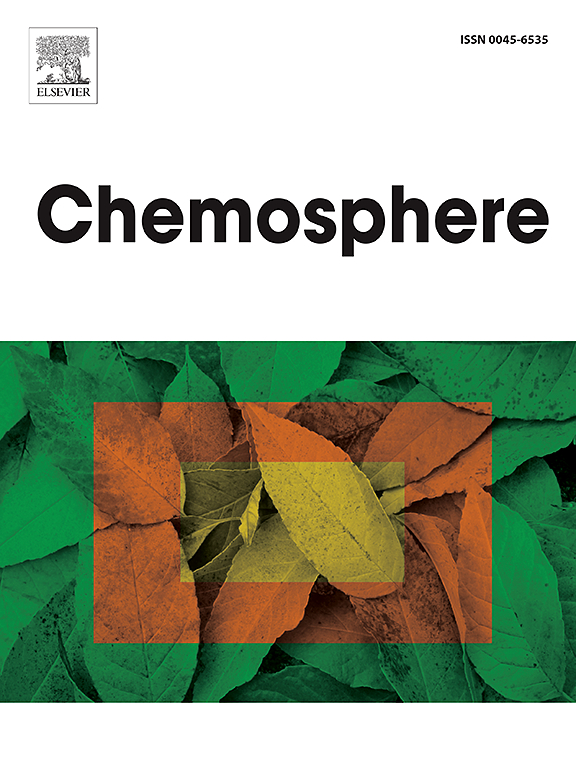Addressing plastic pollution: A 3D-printed porous PAC scaffold for effective nanoplastic removal
IF 8.1
2区 环境科学与生态学
Q1 ENVIRONMENTAL SCIENCES
引用次数: 0
Abstract
The extensive presence of nanoplastics has raised concerns about their effects on ecosystems and human health. Because of the heightened ecological and biological risks posed by nanoplastics, effective removal strategies for these particles are essential. This study focuses on the use of additive manufacturing techniques to fabricate a three-dimensional (3D) structure with integrated powdered activated carbon (PAC) as an active adsorbent for the removal of various types of polymer nanoplastics. The 3D-printed porous PAC scaffold was characterized using various analysis methods, and its adsorption kinetics and mechanisms for polystyrene (PS) nanoplastics were elucidated. The 3D PAC's versatility was verified against several other nanoplastics, including polyethylene terephthalate, low-density polyethylene, polypropylene, and polyvinyl chloride. The results demonstrated that the 3D PAC scaffold effectively adsorbs PS nanoplastics through pore filling and chemical processes and that the adsorption exhibits pseudo-first-order kinetics and conforms to the Langmuir isotherm model. The 3D PAC maintained its adsorption performance under various environmental conditions and exhibited promising results when used to remove nanoplastics from real freshwater samples. This research demonstrates the potential of 3D-printed PACs to address the growing challenge of plastic pollution.

求助全文
约1分钟内获得全文
求助全文
来源期刊

Chemosphere
环境科学-环境科学
CiteScore
15.80
自引率
8.00%
发文量
4975
审稿时长
3.4 months
期刊介绍:
Chemosphere, being an international multidisciplinary journal, is dedicated to publishing original communications and review articles on chemicals in the environment. The scope covers a wide range of topics, including the identification, quantification, behavior, fate, toxicology, treatment, and remediation of chemicals in the bio-, hydro-, litho-, and atmosphere, ensuring the broad dissemination of research in this field.
 求助内容:
求助内容: 应助结果提醒方式:
应助结果提醒方式:


